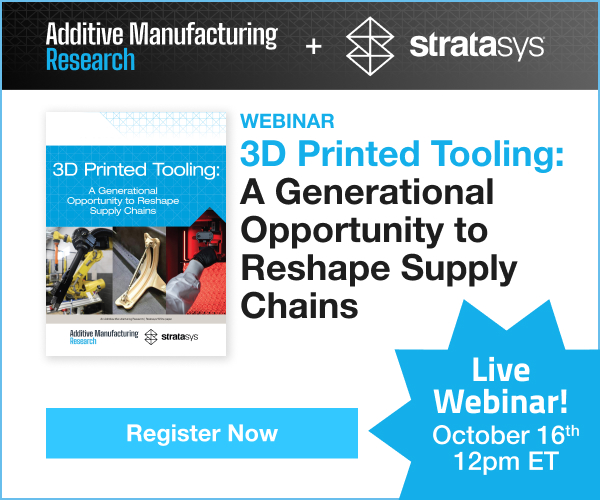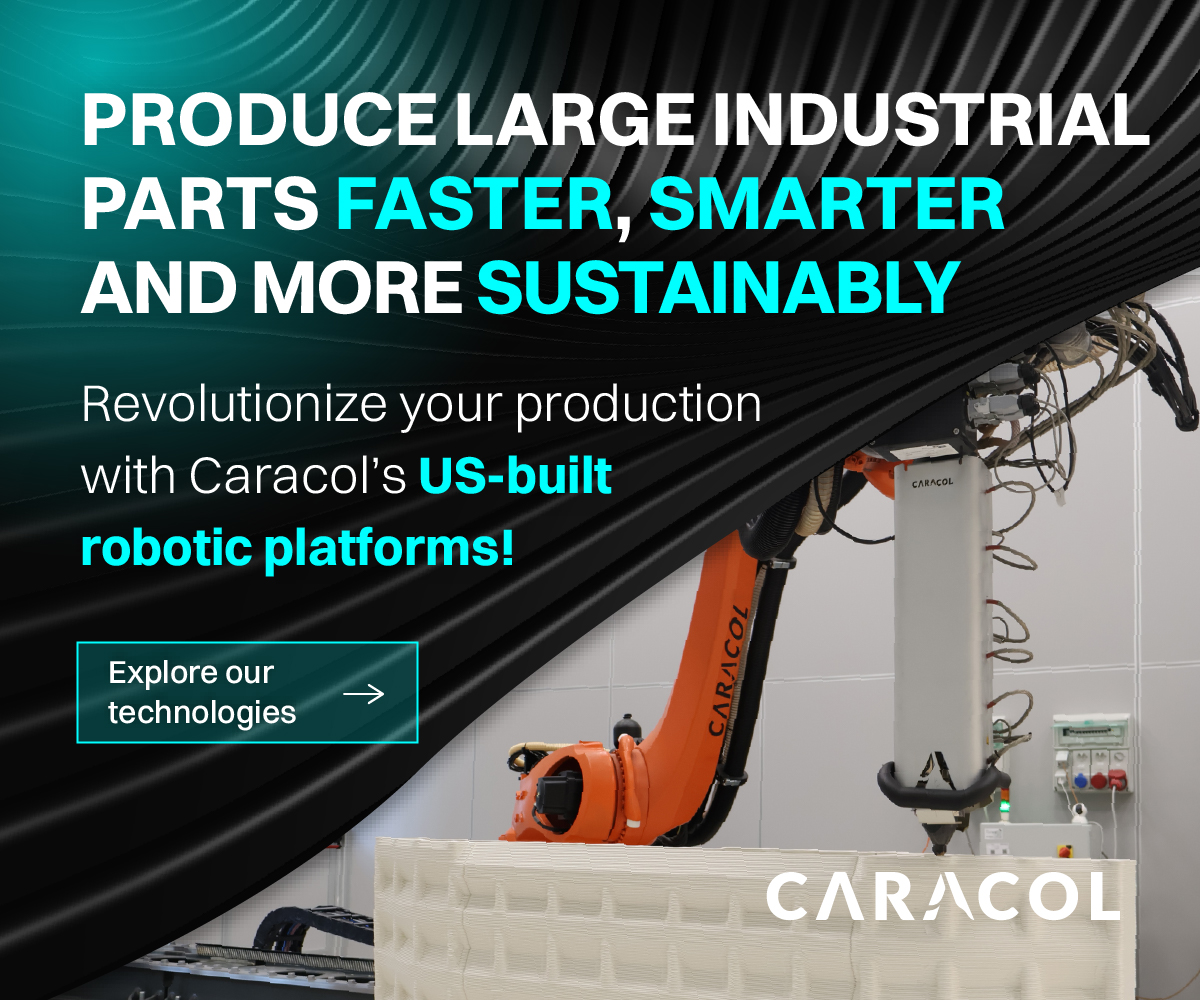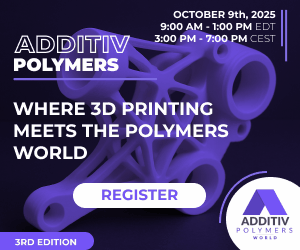In 2024, I’m most excited for engineers to deliver a new generation of parts leading to massively improved products enabled by advanced design software and additive manufacturing. In order to do this, the top engineering software in 2024 embraces the complexity inherent to additive manufacturing.
For years, we’ve heard that it’s too hard to design parts that take full advantage of AM’s capability for advanced geometry. Traditional boundary-based representations of geometry have proven to be a bottleneck, making it difficult to model, understand, and optimize complex designs. From heat exchangers with thousands of twisting, intricate cooling channels to medical devices that provide a custom fit to each patient while promoting bone fusion, strategic parts are crucial for high-performing products. However, designing them has been resource-intensive and time-consuming; a fraction of the parts in your bill of materials typically take most of your engineering resources.
Implicit modeling, used in advanced design software like nTop, is an innovative way to unlock the design potential of these high-performance, strategic parts. Here’s how. With traditional models, you need to manually make changes and updates via solid modeling operations: the equivalent of digital drafting. Often, changing a traditional model will even fail to compute, which is more likely as the model becomes more topologically complex. In contrast, implicit models are both functional and parametric, representing solid objects as mathematical equations generated from requirements and data. This allows for fast and automated iteration. If the input requirements change, a new output solid model can be generated quickly, enabling engineers to explore design variations and optimize performance.
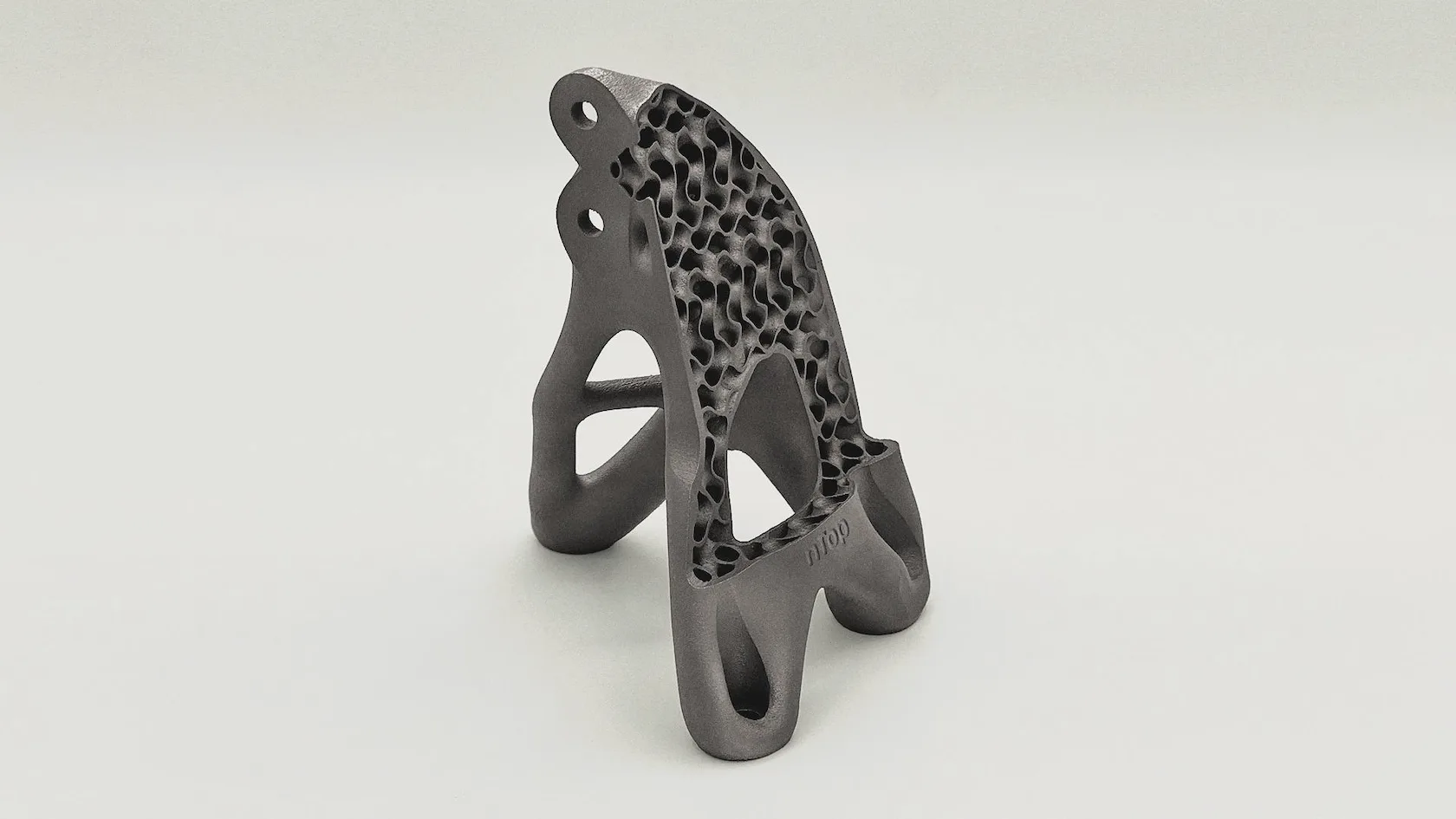
An A15 bracket was manufactured in AlSi10Mg on an EOS M290 machine.
With the developing tool chain for implicit modeling, further advances in generative design will push implicit modeling into even more applications. When combined with implicit modeling, generative design becomes a powerful tool for engineers. It enables rapid iteration and learning from design candidates while honing in on the correct set of design parameters. nTop’s Field Optimization capability, for example, was used to optimize an example structure for the NASA Excite Challenge, resulting in a part that is twice as resistant to the vibrational loads while meeting the weight requirements.
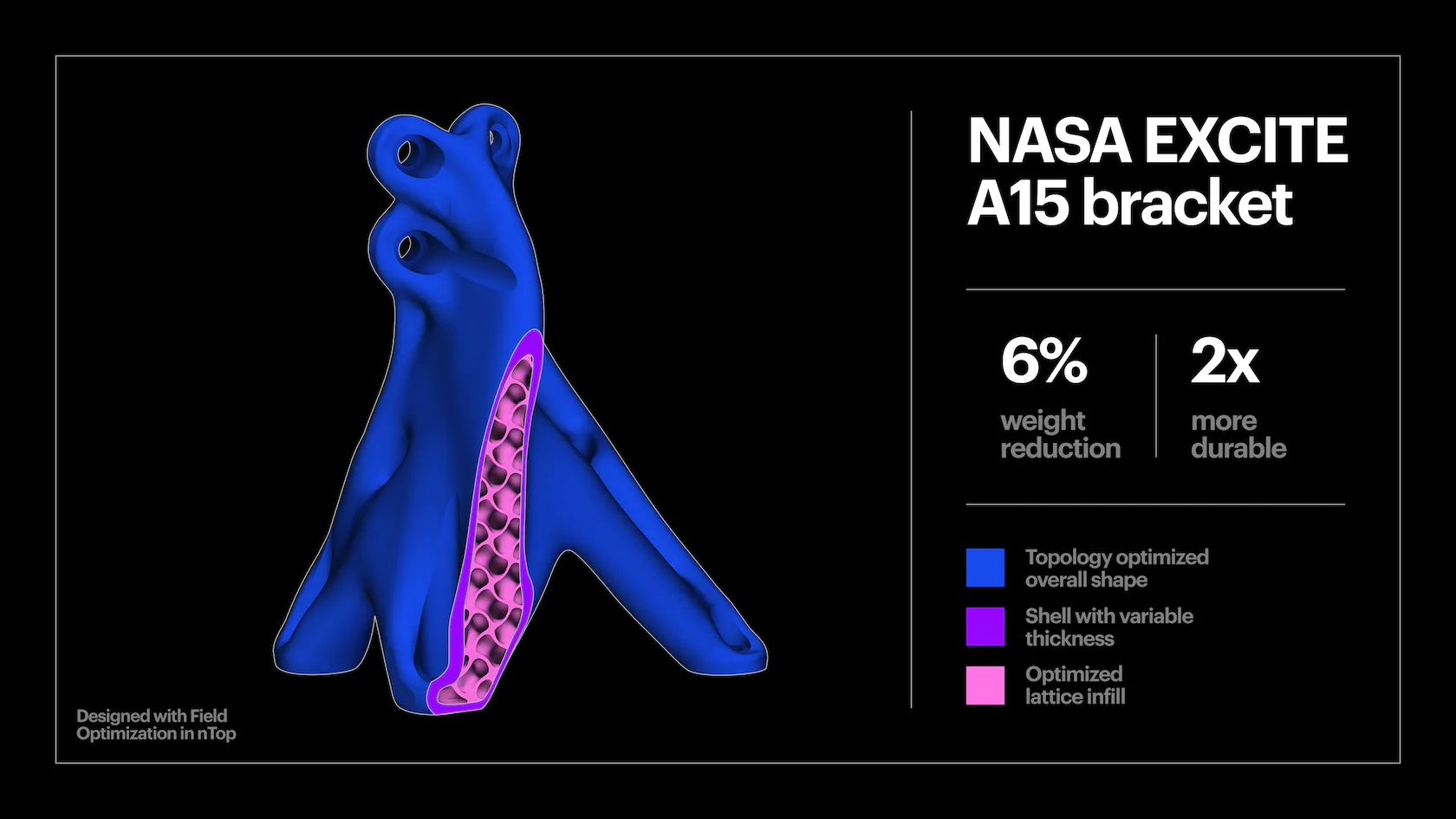
Optimizing the mass and natural frequency of the NASA EXCITE bracket with nTop’s generative design tool, Field Optimization.
Design automation is another key capability, improved significantly with implicit modeling, that unlocks the full potential of additively manufactured strategic parts. By automating design exploration based on specific criteria, engineers can evaluate numerous variables to identify the optimal set of candidate designs. nTop Automate, a robotic “co-pilot” version of nTop, enables engineers to iterate through hundreds, thousands, or even millions of design points. Ocado Technologies is currently using nTop Automate to generate hundreds of lightweight design candidates in every sprint to meet the aggressive timelines and weight reduction targets for their Series 600 Series grocery fulfillment bot.
The emerging field of AI engineering will drive even more mainstream use of implicit modeling, as these models can be trained faster and more accurately with implicit models than with traditional CAD models. These implicit-based algorithms make it faster and easier for engineers to solve hard engineering problems in areas such as fluid mechanics and multi-physics-driven problems. There are a handful promising startups in the space tackling these problems — keep an eye out for them in 2024.
While advances in implicit modeling have helped engineers design transformative strategic parts, manufacturing these parts has posed another challenge. Historically, CAM/CAE/CAD software could only support mesh or CAD files, forcing engineers to convert their implicit models back to mesh or CAD surfaces for 3D printing. Our customers have shown us implicit files that are a few megabytes that blow up to gigabytes when converted STL. These types of files are less precise than the implicit, take forever to process, and can even cause traditional CAD/CAM tools to crash.
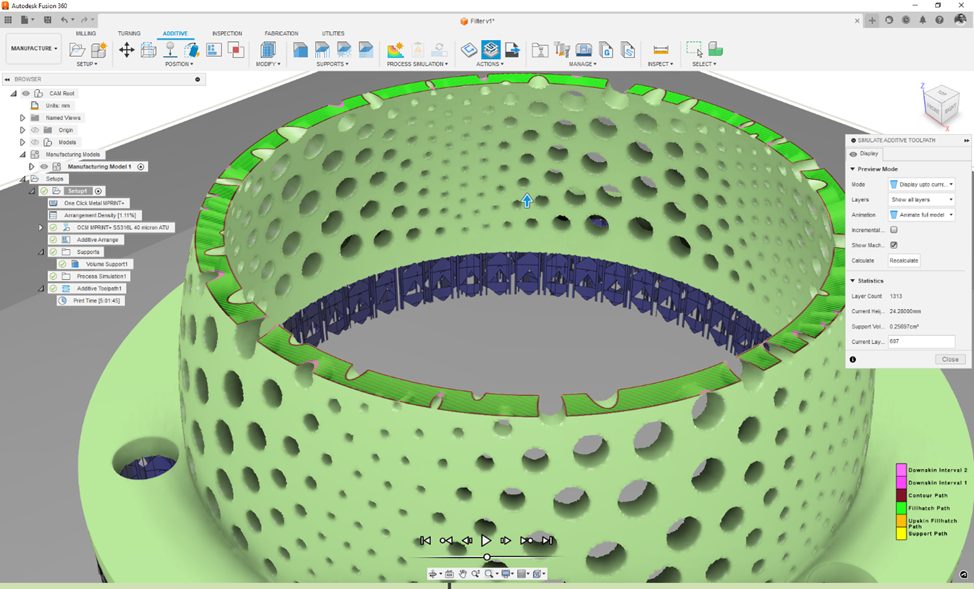
nTop integrated into Autodesk Fusion.
Implicit interoperability is the final piece that allows engineers to reliably manufacture complex strategic parts enabled by computational design and AM. nTop’s Implicit Interop capability enables you to import native implicit models directly into CAD software (see our forthcoming integration with Autodesk), removing the conversion step and creating seamless importing and exporting between CAD, nTop, CAE, and CAM. Thanks to integrations with OEMs like EOS, precise implicit models can even be processed and printed directly without having to manage massive STL or CLI-type slice files. Over the next several decades, the emerging generation of computational design tools, powered by implicit modeling, will enable us to reach the realms of performance we, as humans, need to tackle the hardest engineering problems.
Bradley Rothenberg, Founder and CEO of nTop, will be participating at the upcoming Additive Manufacturing Strategies business summit in New York, February 6 to 8, 2024. Rothenberg will be speaking on Panel 1: Trends & Innovations in AM Software.
Subscribe to Our Email Newsletter
Stay up-to-date on all the latest news from the 3D printing industry and receive information and offers from third party vendors.
Print Services
Upload your 3D Models and get them printed quickly and efficiently.
You May Also Like
3D Systems Sells Oqton and 3DXpert to Hubb Global Holdings
3D Systems (NYSE: DDD) is narrowing its software strategy, choosing to concentrate on polymer production and artificial intelligence (AI), while divesting two major platforms to Hubb Global Holdings. The company...
Parts on Demand Uses AM Solutions Technology for Automated Post-Processing
Dutch industrial 3D printing company Parts on Demand, based in Utrecht, offers series production of end-use parts for customers from several sectors, from medical and machine tools to food and...
BMW Makes 4,000 3D Printed Sand Cores Per Day
A LinkedIn post concerning BMW’s new Gen6 electric engine at the IAA Mobility (Internationale Automobil-Ausstellung) show in Munich has made a lot of people speculate if it was made with...
NAMI & Lockheed Martin Partner to Qualify Aluminum 3D Printed Aerospace Components in KSA
The National Additive Manufacturing and Innovation Company (NAMI) is a unique joint venture between DUSSUR, a Kingdom of Saudi Arabia (KSA) public investment fund that focuses on strategic industries, and...

























